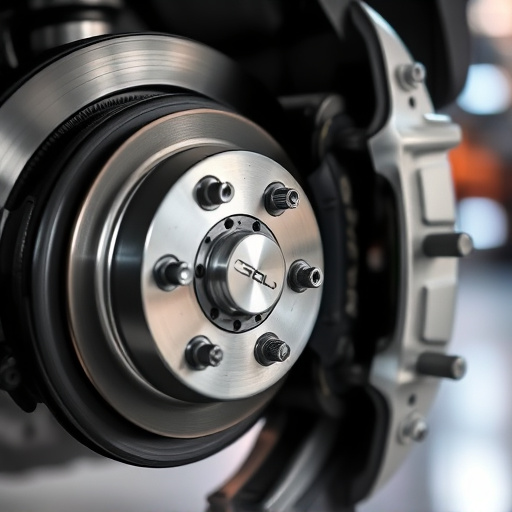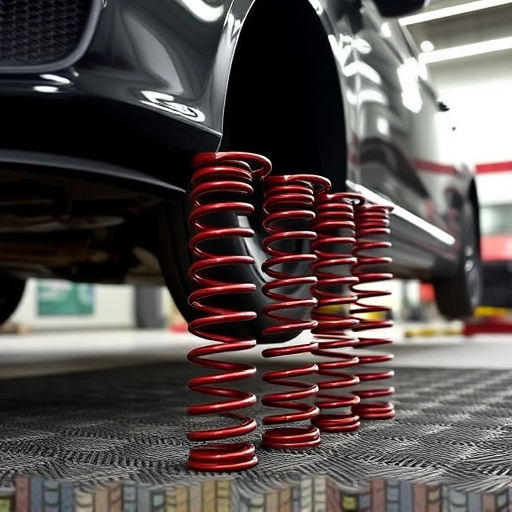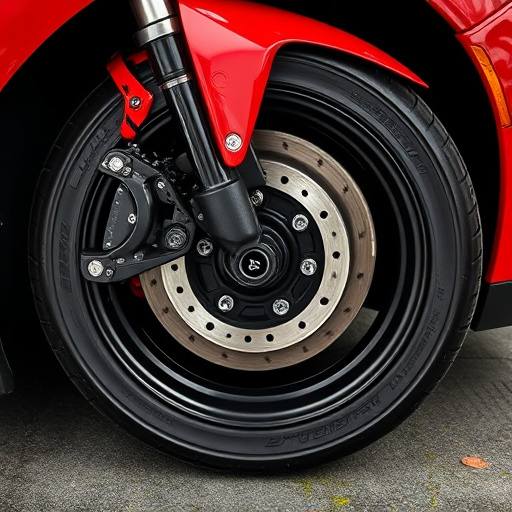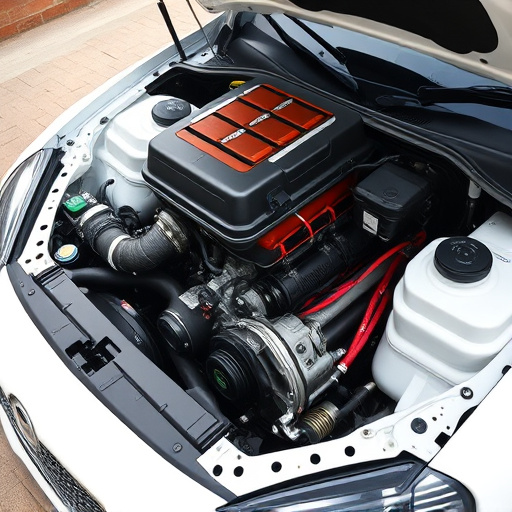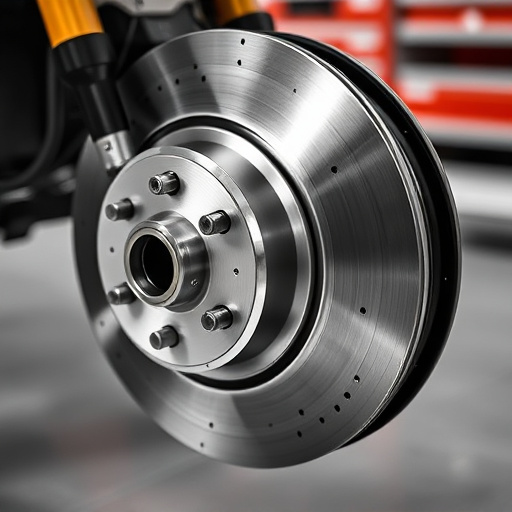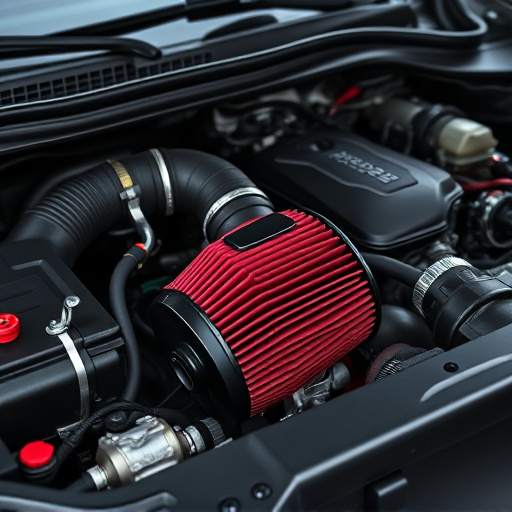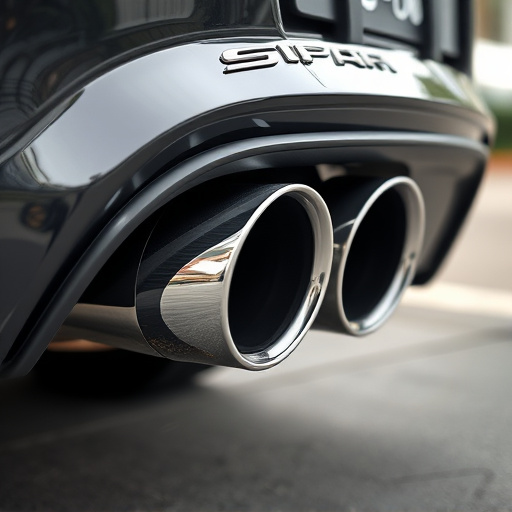The car suspension system is a complex network vital for smooth riding and vehicle control, comprising springs, shock absorbers, control arms, ball joints, and brake pads. Advanced vehicles offer adjustable systems with customizable settings for different terrains. Key types include independent, solid, and air suspensions, each offering unique advantages in handling, comfort, and stability.
Understanding your car’s suspension system is crucial for safe and smooth driving. This guide breaks down the basics, helping you navigate the complex world of vehicle dynamics. We’ll explore the components of a car suspension system, their function and importance, and different suspension types commonly found on modern cars. By the end, you’ll be equipped with knowledge to make informed decisions regarding your vehicle’s performance and safety.
- Components of Car Suspension System
- Function and Importance of Each Part
- Common Suspension Types Explained
Components of Car Suspension System
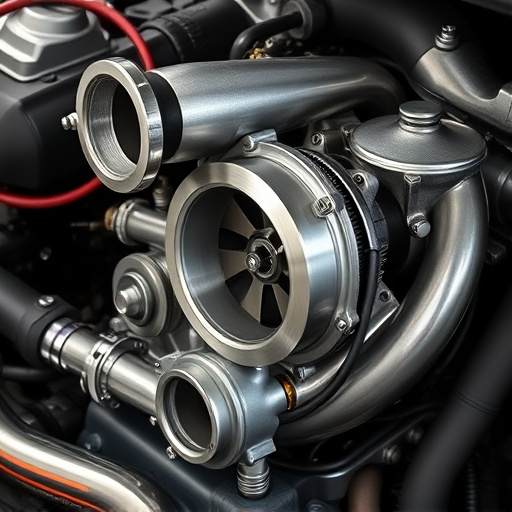
The car suspension system is a complex network of components designed to ensure a smooth ride and optimal vehicle control. At its core, it comprises several essential elements that work in harmony. One of the primary components is the springs, responsible for absorbing and distributing the impact from road irregularities. Shock absorbers, or dampers, are another vital part, acting as cylinders filled with fluid to reduce the up-and-down motion caused by bumps. These work alongside control arms that connect the wheels to the vehicle’s chassis, allowing for steering and wheel alignment.
Additionally, the system includes ball joints and tie rods, which enable the wheels to rotate freely while maintaining stability. The role of brake pads is also significant in suspension functionality, as they facilitate controlled deceleration, contributing to overall vehicle performance and safety. Advanced vehicles may feature adjustable suspension systems, allowing drivers to customize settings for different driving conditions, enhancing both comfort and handling, especially with high-performance brakes and modified air intake systems.
Function and Importance of Each Part
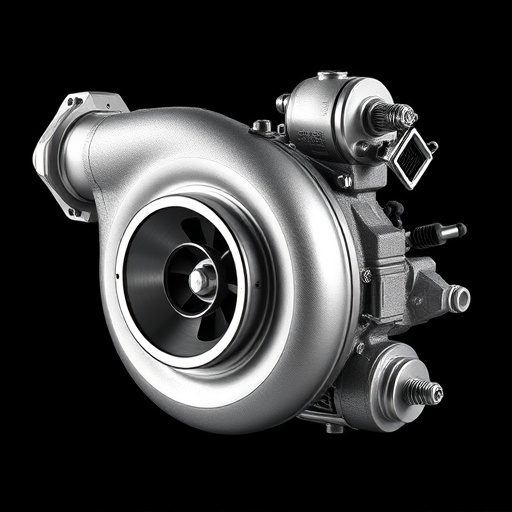
The car suspension system is a complex network of components designed to ensure a smooth and controlled ride. Its primary function is to connect the vehicle’s wheels to the chassis, allowing for efficient road contact while isolating the cabin from rough terrains. This system plays a crucial role in handling, stability, and comfort. Each part contributes uniquely; for instance, springs absorb shocks and impact, while struts control wheel movement and maintain tire alignment. Shock absorbers further refine this process by minimizing oscillation and preventing excessive body roll during cornering.
A well-functioning suspension is vital for several reasons. It ensures optimal tire performance, enhancing traction and grip on various road conditions. By maintaining proper vehicle height, it also contributes to fuel efficiency as it minimizes drag caused by excessive body roll. Moreover, a robust suspension system improves safety by preventing wheel hop or loss of control during high-performance driving or in adverse weather conditions. Upgrading your car’s suspension with kits or muffler tips can significantly enhance handling dynamics and driving pleasure, making it an attractive modification for many automotive enthusiasts.
Common Suspension Types Explained
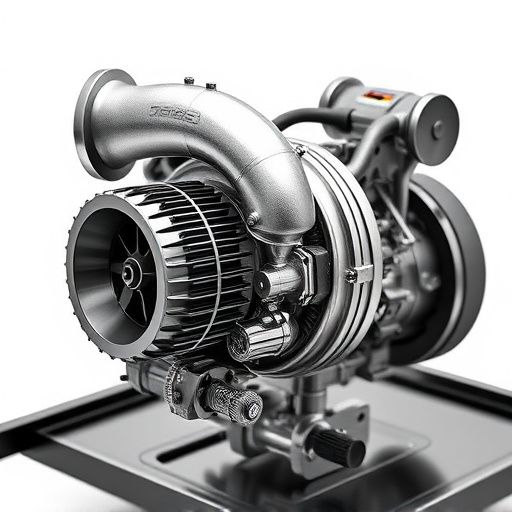
The car suspension system is a crucial component that connects your vehicle to its wheels, enabling smooth and controlled movement. Understanding the basic types of suspensions can help drivers appreciate their vehicles better and make informed decisions when it comes to maintenance or upgrades. There are primarily three common types: independent, solid, and air suspensions. Independent suspensions, found in most modern cars, offer superior handling and comfort as each wheel moves independently, absorbing road irregularities separately. This design significantly enhances vehicle stability and reduces body roll during turns, thereby improving overall driving experience and safety.
Solid axles, on the other hand, connect both wheels on a single axis, providing a simpler and more cost-effective solution. While they may lack the advanced handling dynamics of independent suspensions, solid axles are known for their durability and straightforward maintenance. Air suspensions, as the name suggests, use compressed air to provide a unique level of control over wheel movement, allowing for enhanced comfort and vehicle performance. These systems can adjust stiffness in real time, improving not just ride quality but also vehicle stability under various driving conditions, including adverse weather or terrain. The sophisticated design incorporates intake components and exhaust tips that work together to ensure optimal vehicle performance.
Understanding your car’s suspension system is key to ensuring optimal safety, handling, and comfort. By familiarizing yourself with its components and types, you can make informed decisions about maintenance and upgrades. Remember, a well-maintained suspension system not only enhances your driving experience but also contributes to the longevity of your vehicle, making it a crucial aspect to keep an eye on.



